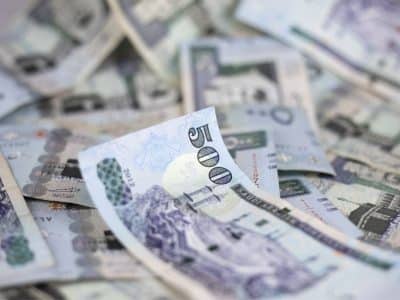Saudi Arabia’s non-oil exports, including re-exports, rose by 30.4 per cent in July 2025 compared to July 2024, according to the International Trade bulletin issued by the General Authority for Statistics (GASTAT).
The ratio of non-oil exports to imports increased to 44.6 per cent in July 2025, up from 33.4 per cent in July 2024.
Machinery, electrical equipment, and parts represented the largest share of non-oil exports at 29.7 per cent of the total, followed by chemical products at 19.6 per cent.
Saudi exports
On the import side, machinery, electrical equipment, and parts accounted for 11.7 per cent of total imports, a 29.9 per cent increase compared to July 2024.
Transportation equipment and parts followed at 13.2 per cent of total imports, though this category recorded a 9.6 per cent decline from the same period last year.
The percentage of oil exports out of total exports fell to 67.1 per cent in July 2025, down from 72.8 per cent in July 2024.
Meanwhile, the Kingdom’s trade balance surplus rose by 53.4 per cent compared to July 2024.
China continued to be Saudi Arabia’s leading trading partner in merchandise. In July 2025, exports to China made up 14 per cent of total exports, while imports from China represented 25.8 per cent of total imports.
The UAE followed with 10.6 per cent of total exports and 6.4 per cent of total imports, while India accounted for 9.4 per cent of total exports.
King Abdulaziz Port in Dammam was one of the Kingdom’s most important gateways for imports, handling 26.1 per cent of total imports in July 2025. Jeddah Islamic Port ranked second with 20.9 per cent.
According to GASTAT, Saudi Arabia’s international trade statistics are compiled from administrative records of the Zakat, Tax and Customs Authority (for non-oil) and the Ministry of Energy (for oil).
The Kingdom’s exports and imports are classified according to the Harmonised System (HS), which is maintained by the World Customs Organisation.








